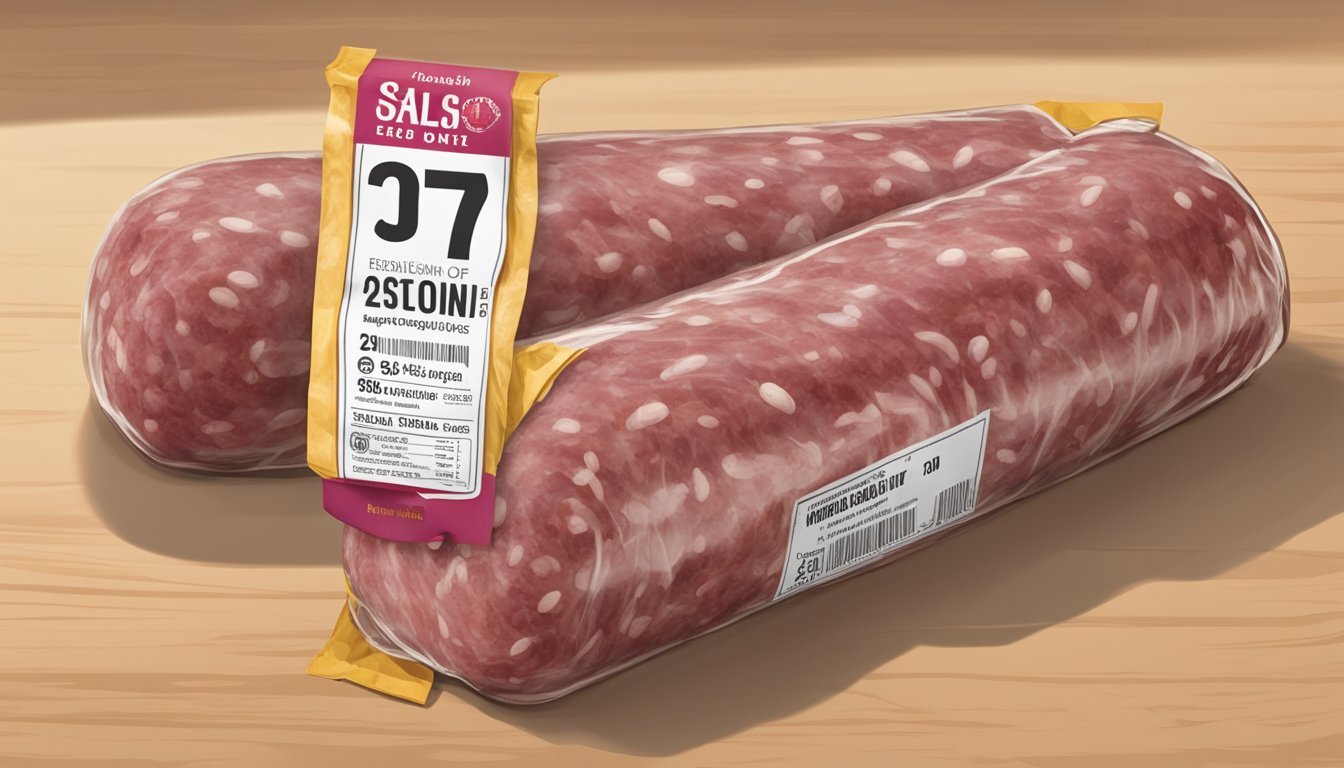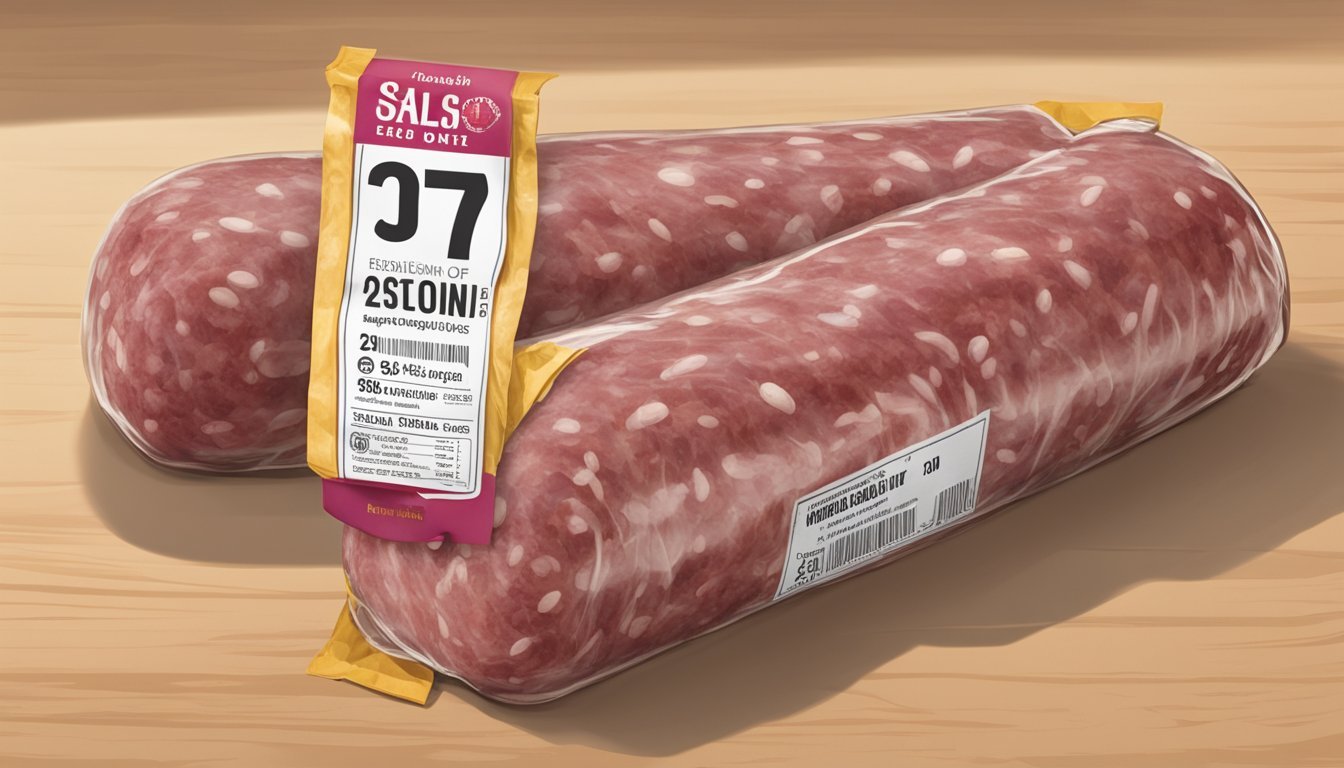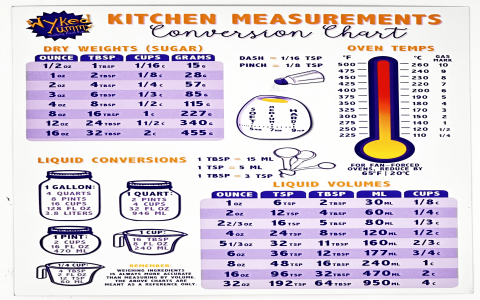The Tale of Expired Salami
The other evening, as a gentle rain tapped on the windows, I found myself rummaging through my refrigerator in search of a savory companion for my late-night toast. On the dimly lit shelves, among an array of condiments and leftovers, there it lay—a package of expired salami. Yes, the date had passed, but the salami did not display any telltale signs of decay or adverse smells; it was, seemingly, still good. This encounter made me ponder the often-overlooked topic of food expiration dates and how they affect our perception of food safety.
Expiration dates are not merely arbitrary numbers printed on packaging. They serve as a guide to the manufacturer’s estimation of when a product will be at its peak quality. However, this date does not necessarily indicate when the food becomes unsafe to consume. This nuance is where many confusions and misconceptions arise. While clearing out his pantry, a friend once recounted, "I tossed out a fortune in cured meats just because the dates were up, but couldn’t they still have been edible?" This question isn’t unique to my friend; many share this dilemma.

The first thing to understand about expired salami, or any cured meat, is that they have an exceptionally long shelf life due to their preservation methods. Salami, in particular, owes its longevity to a combination of curing, drying, fermentation, and sometimes smoking. These processes involve nitrites and nitrates that not only enhance flavor but also act as preservatives, significantly extending the product’s shelf life beyond the typical “best by” date.
In my quest to understand this meaty mystery, I came across an informative article in Food Safety Magazine, which explained that for many hard, dry sausages like salami, the date simply reflects the last date of optimal flavor and texture, not a drop-dead deadline for consumption. This is particularly curious because, as another article from Consumer Reports points out, many shelf-stable foods are safe to eat well past their expiration, providing they have been stored correctly.
Yet, there’s a cultural aversion to consuming food with passed dates, driven by fear of foodborne illness. This fear isn’t entirely unfounded but is often exaggerated. According to a survey, about 37% of Americans have eaten food past its expiration date, with most experiencing no ill effects. This indicates that we might be too quick to judge food based solely on the printed date.
When deciding whether or not to consume expired salami, one must consider its visual and olfactory integrity. The salami should look, feel firm, and smell as it originally did. If there’s no mold or unpleasant odor, which often accompany spoilage, then chances are it’s still safe to eat. Furthermore, the food’s environmental exposure—how it’s been handled and stored—plays a critical role in its longevity. Salami kept in a consistently cool environment away from light and moisture will last longer than one exposed to harsh conditions.
Educating ourselves about true food safety can lead to practical benefits like reducing unnecessary waste and even saving money. A study from The Natural Resources Defense Council highlighted that we could prevent billions of pounds of food waste annually if consumers were more informed about expiration labels. Perhaps our understanding of expired salami could extend to other foodstuffs, leading us to make more informed decisions rather than defaulting to the conservative choice of disposal.
Coming back to my encounter with the expired salami, I chose to slice a few pieces onto my toast. It tasted fine, with no hint of off flavors. While I’m not suggesting we throw caution to the wind, understanding the science of food preservation and safety can provide peace of mind. In fact, respecting these natural preservatives and processes can turn what might seem like an expired item into a perfectly edible addition to our meals, enhancing rather than diminishing our culinary experience.



